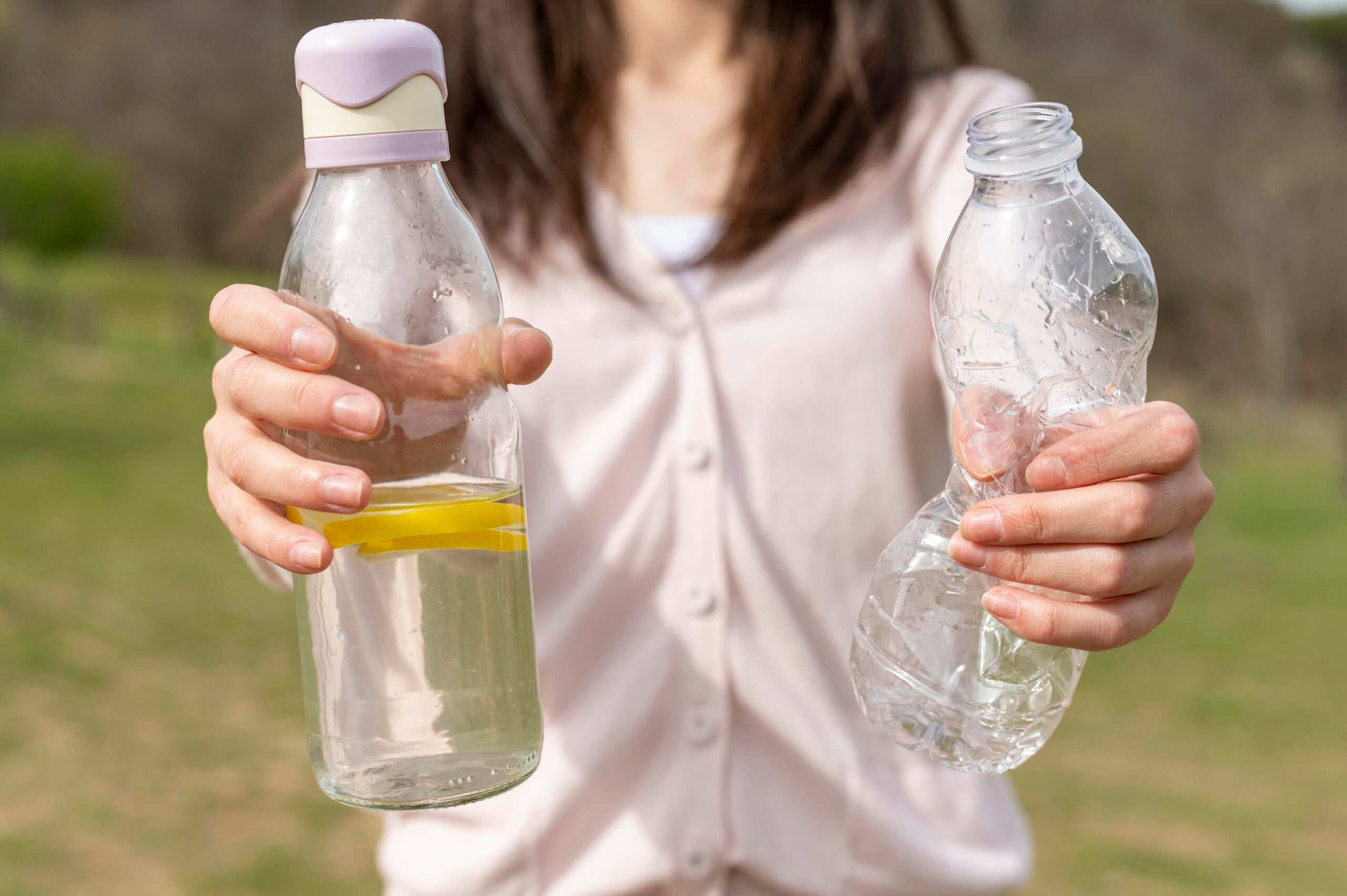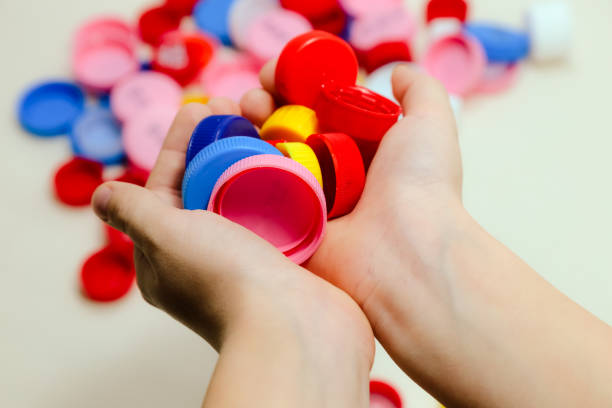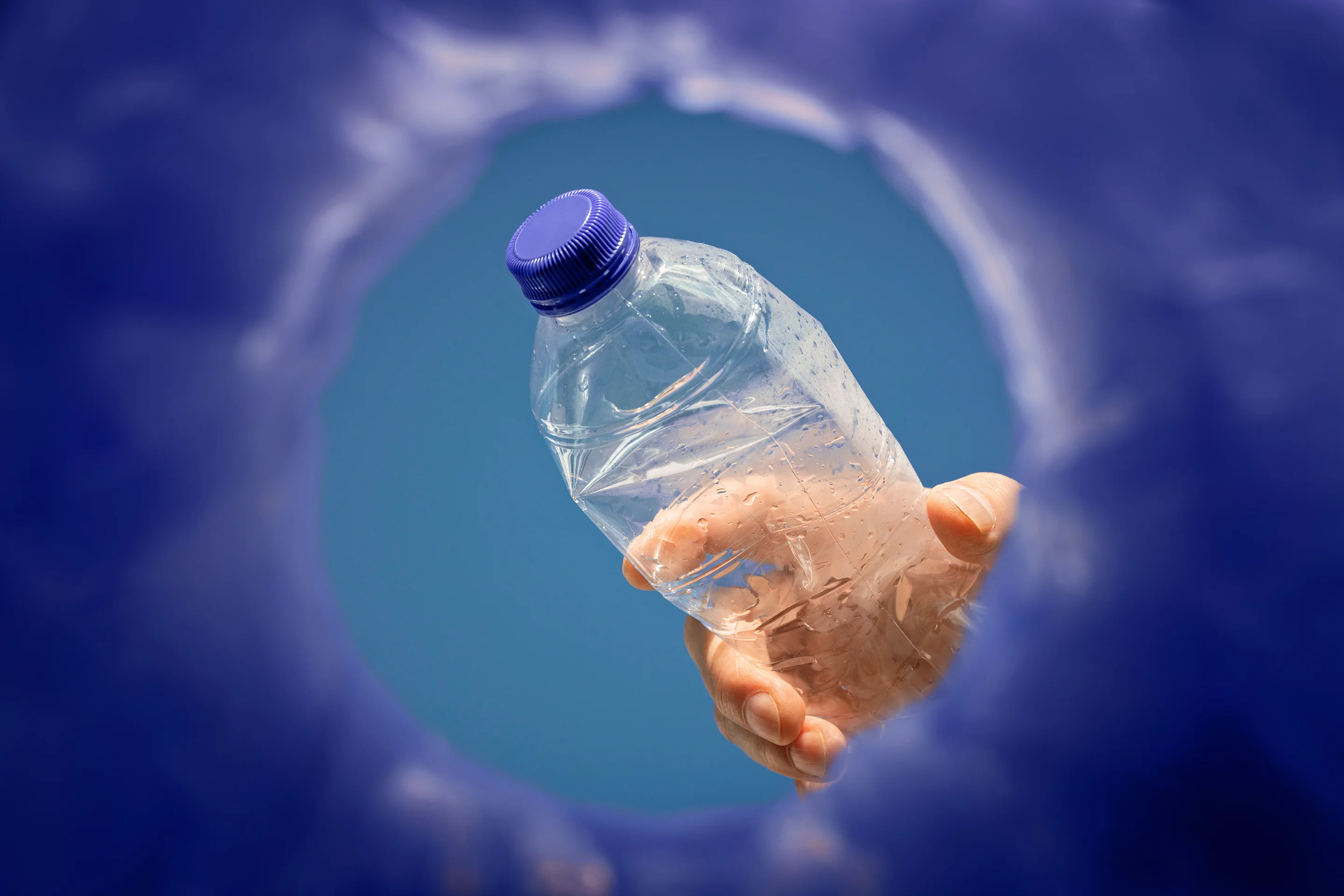This Summer, Help Your Kids Understand Plastic Waste with These Eco-Friendly Activities
We all know plastic is a problem, but how do you get kids to care without sounding like a broken record? You can turn the message into an adventure by planning some fun activities this summer. Children do not just want to be told what is bad, their curious minds are always eager to delve deeper into the problem and find some solutions.
The best way to teach them about protecting the planet is by making it hands-on, creative, and fun. Here are five activities to help children understand the impact of plastic and teach them how to manage their waste:
1. Turn trash into treasure: Craft your own eco-art
Why you should do it:
Children love to make things with their hands, and this activity combines creativity with an important message, that is, not all plastic needs to end up in a landfill. When they turn plastic waste into art, they learn that everything around them can have a second life. Plus, it is a brilliant way to talk about how much plastic is used and discarded daily.
 Gather a pile of clean plastic waste, such as old bottles, caps, and yoghurt pots, to make something creative out of them
Gather a pile of clean plastic waste, such as old bottles, caps, and yoghurt pots, to make something creative out of them
How to do it:
Gather a pile of clean plastic waste, such as old bottles, caps, yoghurt pots, straws, and packaging. Then, create a “recycled art station” at home. Lay out glue, markers, paint, scissors, and other crafting materials. Give the children a challenge, can they transform a plastic bottle into a bird feeder? Can that yoghurt pot become a flower pot? Or perhaps a plastic lid could be the perfect head for a robot sculpture?
As the children get creative, talk to them about the lifecycle of plastic and its impact on the environment. By the end of the activity, they won’t just have made something beautiful, they will also understand why reusing plastic is so important.
2. The plastic-free challenge: A week of eco-action
Why you should do it:
We can all get overwhelmed by how much plastic is everywhere. But when we notice it, we can start making better choices. This activity helps children realise just how much plastic they use in a day and allows them to make small changes to reduce it.
How to do it:
Set up a fun and simple challenge, like going plastic-free for one whole week. Start by helping the kids identify the plastic items they use in their daily routine. These could be anything ranging from plastic water bottles, sandwich wraps, plastic straws, to snack packets. Then, brainstorm alternatives together. A reusable water bottle, beeswax wraps, and bamboo straws are great substitutes.
 Teach your kids to use reusable water bottles instead of plastic ones
Teach your kids to use reusable water bottles instead of plastic ones
Make the challenge more exciting by tracking progress. Create a chart where the children can tick off each day they successfully avoid plastic, and reward their efforts with “green stars” or a small eco-friendly treat at the end of the week.
3. Plastic detectives: Hunt for hidden waste
Why you should do it:
We often don’t realise how much plastic surrounds us until we actively look for it. This activity gets kids into detective mode and teaches them to spot waste where it often goes unnoticed.
How to do it:
Turn an ordinary walk in the park, a trip to the beach, or a stroll around the locality into a scavenger hunt. Give each child a checklist of common plastic items to look for, such as bottle caps, plastic bags, food wrappers, and so on. As they spot these items, they will mark them off their lists.
 Let your kids turn into detectives and look for plastic waste like bottle caps and food wrappers
Let your kids turn into detectives and look for plastic waste like bottle caps and food wrappers
Once the hunt is over, sit down and discuss what they found. What was the most common plastic item? Which items do they think could be swapped for something reusable? Use this as a chance to talk about how long plastic lasts in the environment and how it can end up harming wildlife.
4. Eco story time: Tales of the ocean’s heroes
Why you should do it:
Stories have a way of reaching us where facts can’t. Children become emotionally invested when they hear about animals affected by plastic, whether it is a sea turtle entangled in a plastic bag or a fish eating plastic waste. Story time makes the issue real in a way that resonates.
How to do it:
Choose books or create a story around the theme of plastic pollution. You can read aloud ‘Somebody Swallowed Stanley’ by Sarah Roberts, which tells the story of a plastic bag that is mistaken for food, or ‘One Plastic Bag’ by Miranda Paul, a tale about how one woman started a movement to recycle plastic bags in her village.
After the story, invite the children to draw or write about what they would do to help the animals in the story. Ask them to imagine that they are an ocean creature or a bird, and then design a world where plastic pollution does not exist. This stimulates their imagination and empowers them to take action in real life.
5. Litter-picking superheroes: Save the Earth
Why you should do it:
There is nothing like seeing the immediate impact of cleaning up to reinforce the message that every small action counts. Plus, when kids pick up litter, they feel like eco-warriors in their own right, and the environment benefits.
How to do it:
Organise a litter-picking adventure at a local park, beach, or even around the home. Equip the children with gloves, eco-friendly trash bags, and, just for fun, superhero capes. Turn the activity into a “Save the Earth” mission where everyone is a superhero working to protect the planet.
 Equip the children with gloves, eco-friendly trash bags, and, just for fun, superhero capes for a litter-picking adventure
Equip the children with gloves, eco-friendly trash bags, and, just for fun, superhero capes for a litter-picking adventure
As you pick up the plastic waste, talk about the harmful effects of littering and how plastic can take hundreds of years to break down. Count how many plastic items you collect and discuss the importance of reducing waste. At the end of the activity, celebrate their efforts with a “Litter Hero” certificate or a sustainable reward.
Edited by Vidya Gowri
##QA-TP1##
News